Transportation
An Overview Into Some Major Bridges In Lagos
Published
5 years agoon
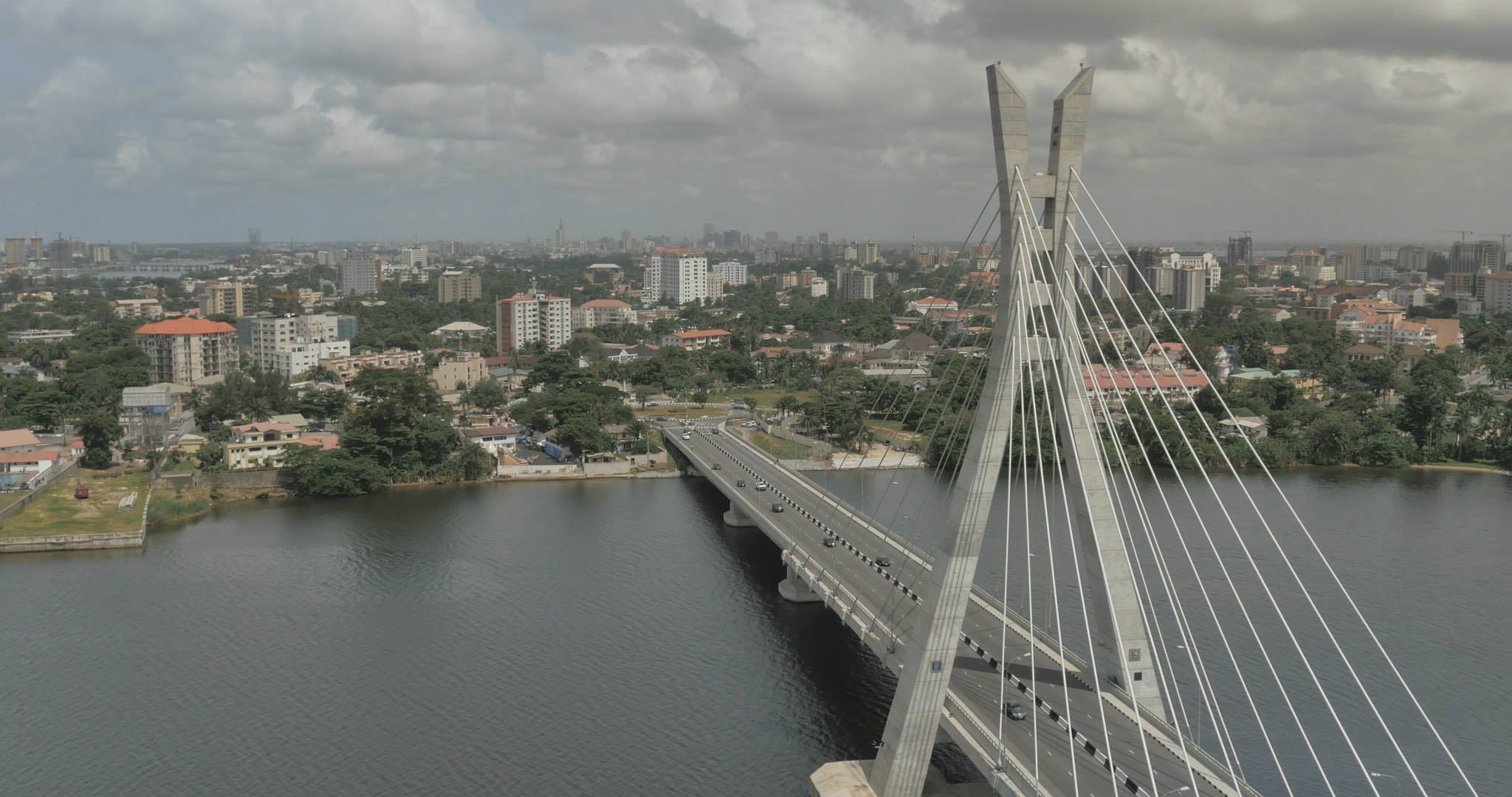
Many at times, we have heard saying like, “I didn’t come to Lagos to count bridge”. For those coming to Lagos for the first times, one may be tempted to ask, does it mean that Lagos is full of bridges? How many bridges do we have in Lagos? Where are they located and what are their major functions.
We need to understand that bridges are built to link some roads to reach other, majorly, they serve as a connector between two or more inaccessible roads, for example, people living in Ebute Metta, Ijora, Apapa would have found it strenuous connecting to Lagos Island if not for Eko Bridge because there are oceans and sea at the Ijora Olopa/Lagos Lagoon, so, we can say bridges serve as connectors between different locations and also to make journey faster, easier and shorter.
Lagos is a cosmopolitan city, a state that has about 18-22million people in it all struggling for amenities that can barely go round few. They are some bridges in Lagos that when these bridges are closed, Lagos will never remain the same again. These are some of the bridges we have in Lagos
The Carter Bridge

Carter Bridge was built in 1901. It is one of three bridges connecting Lagos Island to the mainland. At the time of its construction, it was the only bridge that connects the mainland and Lagos Island together. The bridge starts from Iddo on the mainland and ends at Idumota area of Lagos Island.
The bridge was named after Sir Gilbert Thomas Carter, a former Governor of the Colony of Lagos.

An aerial view of Lagos Carter Bridge
The Carter Bridge was originally constructed by the British colonial government, prior to Nigerian independence in 1960. After independence, the bridge was dismantled, redesigned and rebuilt during the late 1970s. The Alaka-Ijora flyover, on the Iddo end of the span, was completed in 1973. The Carter bridge plays a very important role in the lives of Lagosians especially for people who are “Mainlanders”. Even though the bridge has been taken over by traders from Idumota, the bridge still remains strong and standing.
Eko Bridge
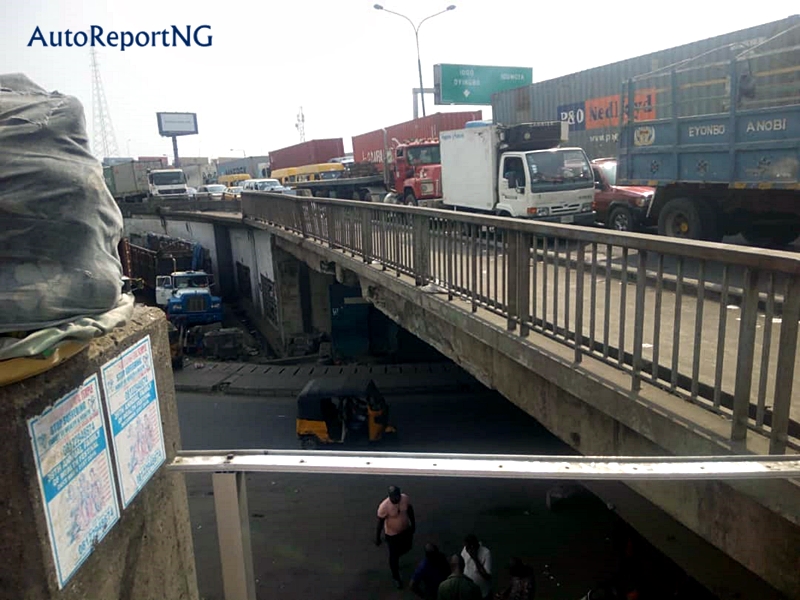
Eko Bridge is one of three bridges connecting Lagos Island to the mainland.
Eko bridge was made in order to convey citizens faster. Bolu Akande brought up the idea in a summit of leaders In 1963 but no one listened to him till 1965
The bridge starts from Ijora Olopa on the mainland and ends at the Apongbon area of Lagos Island. The lagoon section of the bridge spans a distance of 430 metres. The bridge and its landward extension of 1350 metres were constructed in phases between 1965 and 1975. It serves as the preferred access point for vehicular traffic approaching Lagos Island from the Apapa and Surulere areas of Lagos.
The bridge was built by Julius Berger Nigeria PLC
The Fourth Mainland Bridge

Even though the Fourth Mainland Bridge dream has been on the burner for years since the days of the former governor, Mr Babatunde Fashola while he handled over to Mr Akinwunmi Ambode, nothing seems to be forthcoming on it.

The Fourth Mainland Bridge is a proposed 38km long bridge by the Lagos State Government, Nigeria, connecting Lagos Island by way of Lekki, Langbasa, and Baiyeku towns and across Lagos Lagoon to Itamaga, in Ikorodu. The idea was conceptualized by the government of Senator Bola Ahmed Tinubu, former governor of Lagos state. Construction is planned to commence in 2017 and be completed by 2019 but had not been started as of November 28th, 2019. The project will cost the state an estimated sum of ₦844 billion in 2017 budget. Some few weeks, the Babajide Sanwo-Olu administration called for bidding from interested companies, firms over the 4th Mainland bridge for fresh bids.
– RELATED: Is This The End of The Lagos Fourth Mainland Bridge?
The Lekki-Ikoyi Bridge
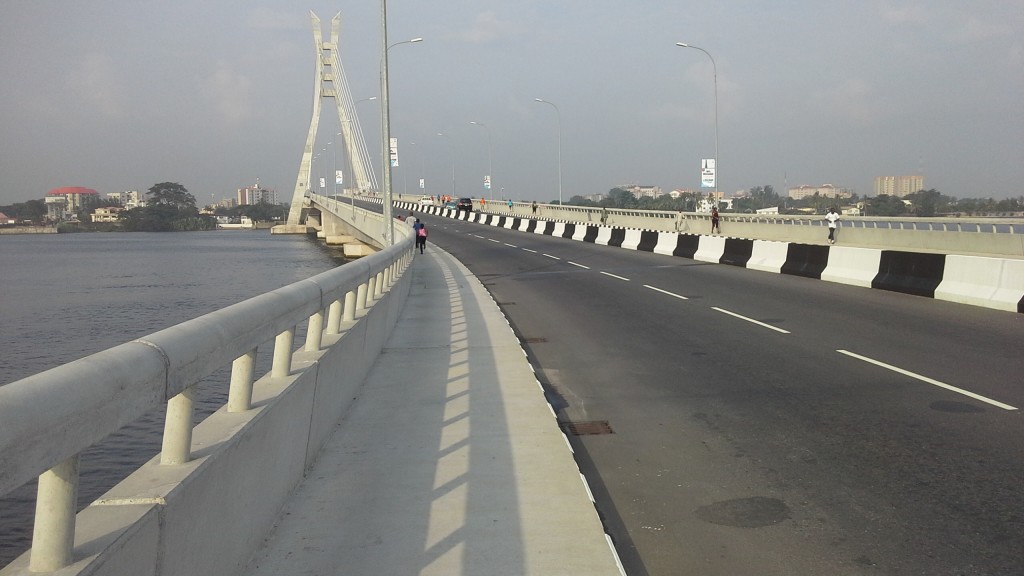
This bridge can best be described as the bridge for the rich folks and elites in Lagos. The bridge has elites using the bridge for exercise that even the founder of Facebook, Mark Zuckerberg when he was in Lagos some few years ago used this bridge for his work-out.
The Lekki-Ikoyi Link Bridge is a 1.36 km cable-stayed bridge in Lagos State. It links the Phase 1 area of Lekki, with Ikoyi district of Lagos. The bridge was commissioned on the 29th of May 2013 by the Governor of Lagos State, Babatunde Raji Fashola.

The bridge is the first cable-stayed bridge to be built in Nigeria and was constructed by Julius Berger Nigeria. The bridge has a 9-metre headroom above the water level in order to allow for the flow of maritime traffic. The bridge is a toll bridge and its use is restricted to private and commercial vehicles with a total seating capacity not exceeding 26. The toll gate is located at the Lekki end of the bridge. Tolling has been controversial with some Lagosians believing that since the bridge was built with public funds, its use should be available at no cost.
Third Mainland Bridge

This list will not be complete with the mention of the Third Mainland Bridge. The bridge can be said to be the heartbeat of Lagos traffic, anything that happened on that bridge affects Lagos and beyond. The Third Mainland Bridge – sometimes known as Ibrahim Babangida Boulevard – is a bridge in Lagos, the former capital of Nigeria. At 11.8km long, it’s the longest of three road bridges crossing Lagos Lagoon. The structure connects the commercial district of Lagos Island to the mainland section of the city.
Lagos is the most populous city in Africa. Traffic in the city increased throughout the 1970s and 1980s – leading to heavy congestion on roads.
The two existing crossings between the island and mainland – the Eko and Carter bridges – were struggling to cope with the weight of traffic.
Government directives – including a scheme where odd and even-numbered cars could only drive into the city on alternate days – did little to improve traffic problems.

Third Mainland Bridge is the longest of three bridges connecting Lagos Island to the mainland, the other are the Eko and Carter bridges. It was the longest bridge in Africa until 1996 when the 6th October Bridge located in Cairo was completed. The bridge starts from Oworonshoki which is linked to the Apapa-Oshodi expressway and Lagos-Ibadan expressway and ends at the Adeniji Adele Interchange on Lagos Island. There is also a link midway through the bridge that leads to Herbert Macaulay Way, Yaba. The bridge was built by Julius Berger Nigeria PLC and opened by President Ibrahim Babangida in 1990; it measures about 11.8 km in length.
The Third Mainland Bridge carries eight lanes of traffic – four in each direction. There’s a median separator – a structure to mark the division between the two sets of lanes – running down the centre.
The overall width of the structure is 33.1m, including 3.5m for the median separator.
Engineers constructed an artificial island in Lagos Lagoon at the point the bridge met the road interchange at Ebute Metta.
The scheme used reinforced concrete to construct the main bridge. The structure’s deck – the part that carries traffic – was also made of reinforced concrete.
Conclusion
It is worthy to note that there are some inner bridges that are not included in this post like the Ojuelegba bridge, Ijora Apapa Bridge, The Independence Bridge at Ajah, Falomo-Lekki bridge, at some other ones. These are not major bridges because they only connect inner roads within the metropolis unlike those mentioned above.
AutoReportNG is your one-stop place for quality news on roads, cars, and anything pertaining to mobility. We keep track of all current news in road, rails, and aviation. We are known to true, factual and investigative news.

You may like
-


An Overview Of The Reconstruction of the Bus Stop Gate-Oje-Beere-Oja Oba-Molete Under Bridge Road
-
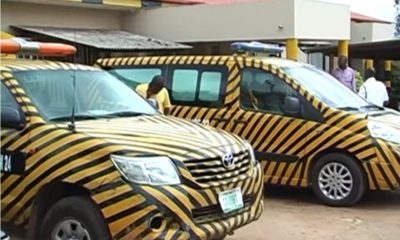

VIO Seizes 50 Rickety Commercial Vehicles In Lagos
-


See The New Look Of Third Mainland Bridge After Weeks Of Repairs
-


LASG To Boost Water Transportation With Launch Of 25 New Ferries
-
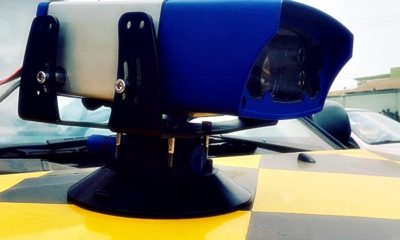

LASG Traffic Cameras Detected 850,000 Violations Says Commissioner
-
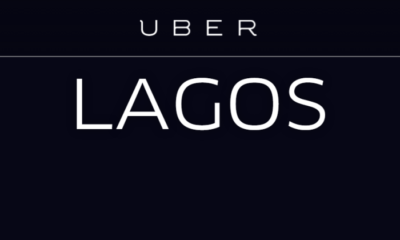

LASG Set To Sanction Uber For Non-Adherence To Data-Sharing Agreements

You must be logged in to post a comment Login